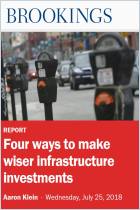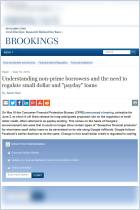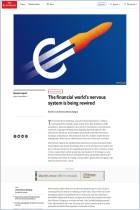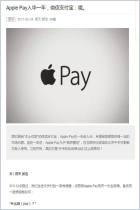
Read or listen offline
Amazon Kindle
résumé audio créé automatiquement
1×
Connectez-vous pour écouter un résumé audio.
résumé audio créé automatiquement
Recommendation
When consumers pay for goods and services with credit cards, credit-card issuers make money on every transaction; “swipe fees” amount to $80 billion per year in the United States alone. Two new payment models from China could threaten those revenues – and oust banks as intermediaries – if those models gain traction in the West. In this intriguing report for financial services professionals and retail executives, economist Aaron Klein examines the explosive growth of the new payment platforms in China and assesses whether they could take hold in mature economies.
Summary
About the Author
Aaron Klein is a fellow in economic studies at the Brookings Institution.
By the same author
Report
Learners who read this summary also read
Article


























Comment on this summary or Démarrer une discussion